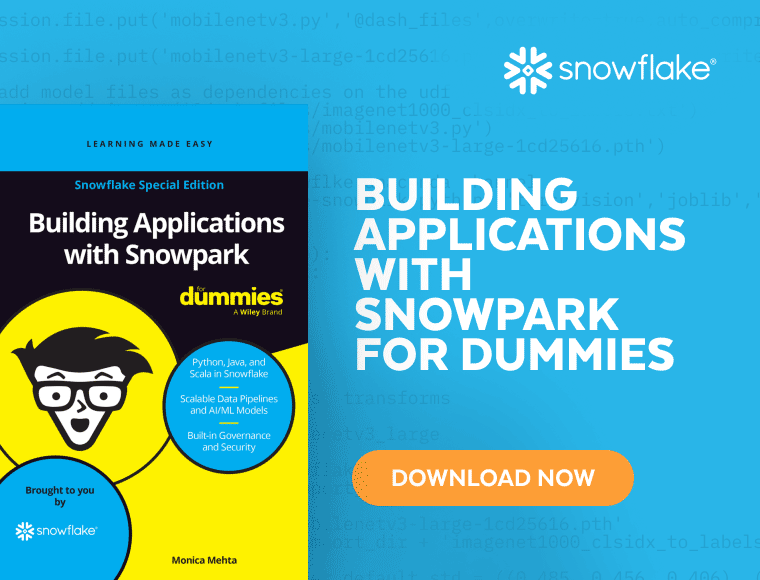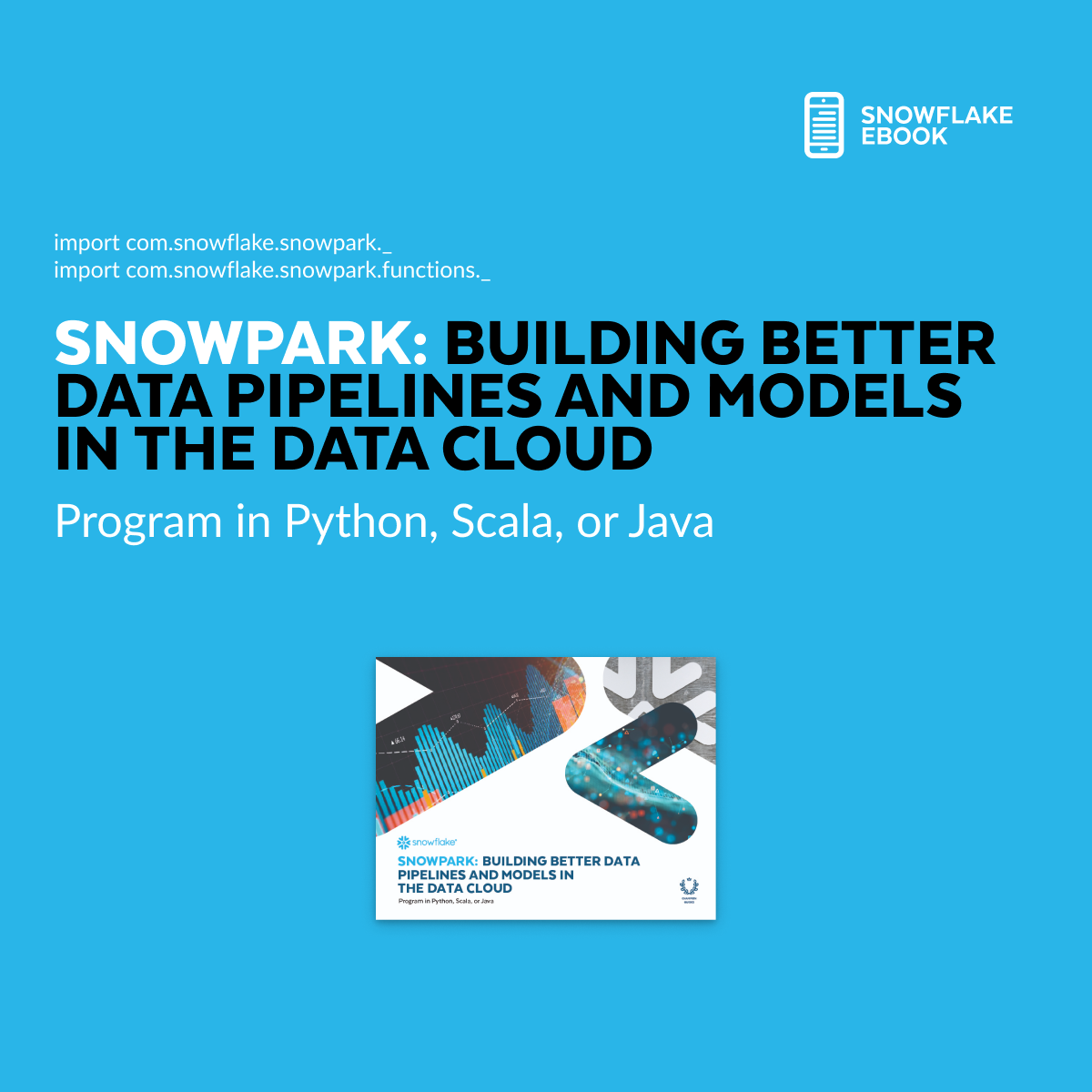Top Apache Spark Alternatives
Apache Spark is an open-source data processing system and unified analytics engine that powers big data workloads and machine learning applications. Despite its familiarity, Spark has some drawbacks, so many developers prefer using Spark alternatives for certain use cases. In some instances, these other options can provide similar or even better performance. Let’s examine three of the top alternatives to Spark, comparing their features and capabilities. Whether you're searching for faster processing, better scalability, or greater flexibility, these alternatives may be worth considering to optimize your big data workflows.
What Is Apache Spark?
Apache Spark is an open-source big data processing framework that helps organizations handle large amounts of data quickly and efficiently. Its use of distributed computing allows developers to process large data sets in parallel across multiple nodes, providing fast processing speeds and scalability.
Disadvantages of Spark
Spark has a lot going for it but is not without drawbacks. On its own, Spark has a relatively light-duty native security model. Although it has access to some of the same security utilities as Apache Hadoop, they’re not out-of-the-box ready and must be manually installed and configured. Lastly, Spark’s fast processing speeds come at a cost. They are based on its use of random-access memory (RAM). RAM is more expensive, making it a pricier option than some Spark alternatives.
Spark Alternatives
Snowpark API
The Snowpark library provides an intuitive API for querying and processing data at scale in Snowflake. Using a library for any of three languages (Python, Java, and Scala) , you can build applications that process data in Snowflake without moving data to the system where your application code runs and process at scale as part of the elastic and serverless Snowflake engine.
Snowpark UDFs
With Snowpark, you can create user-defined functions (UDFs) for your custom lambdas and functions, and you can call up these UDFs to process the data in your DataFrame.
When you use the Snowpark API to create a UDF, the Snowpark library uploads your function code to an internal stage. When you call the UDF, the Snowpark library executes your function on the server, where the data is. As a result, the data doesn’t need to be transferred to the client for the function to process the data.
Utilizing Snowpark, developers can enjoy the same performance and ease of use of the Snowflake engine with no governance or security tradeoffs. This framework enables data scientists, data engineers, and application developers to collaborate more effectively and streamline their data architecture by bringing everyone onto the same platform.

